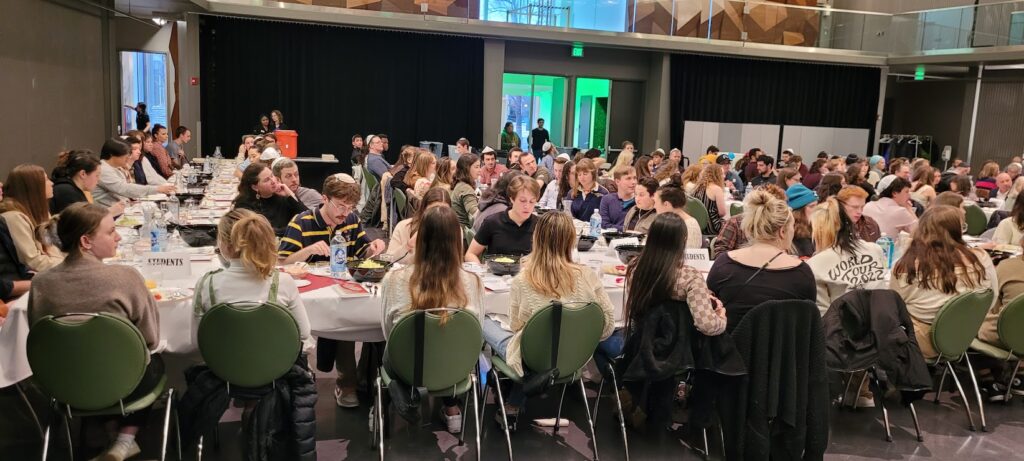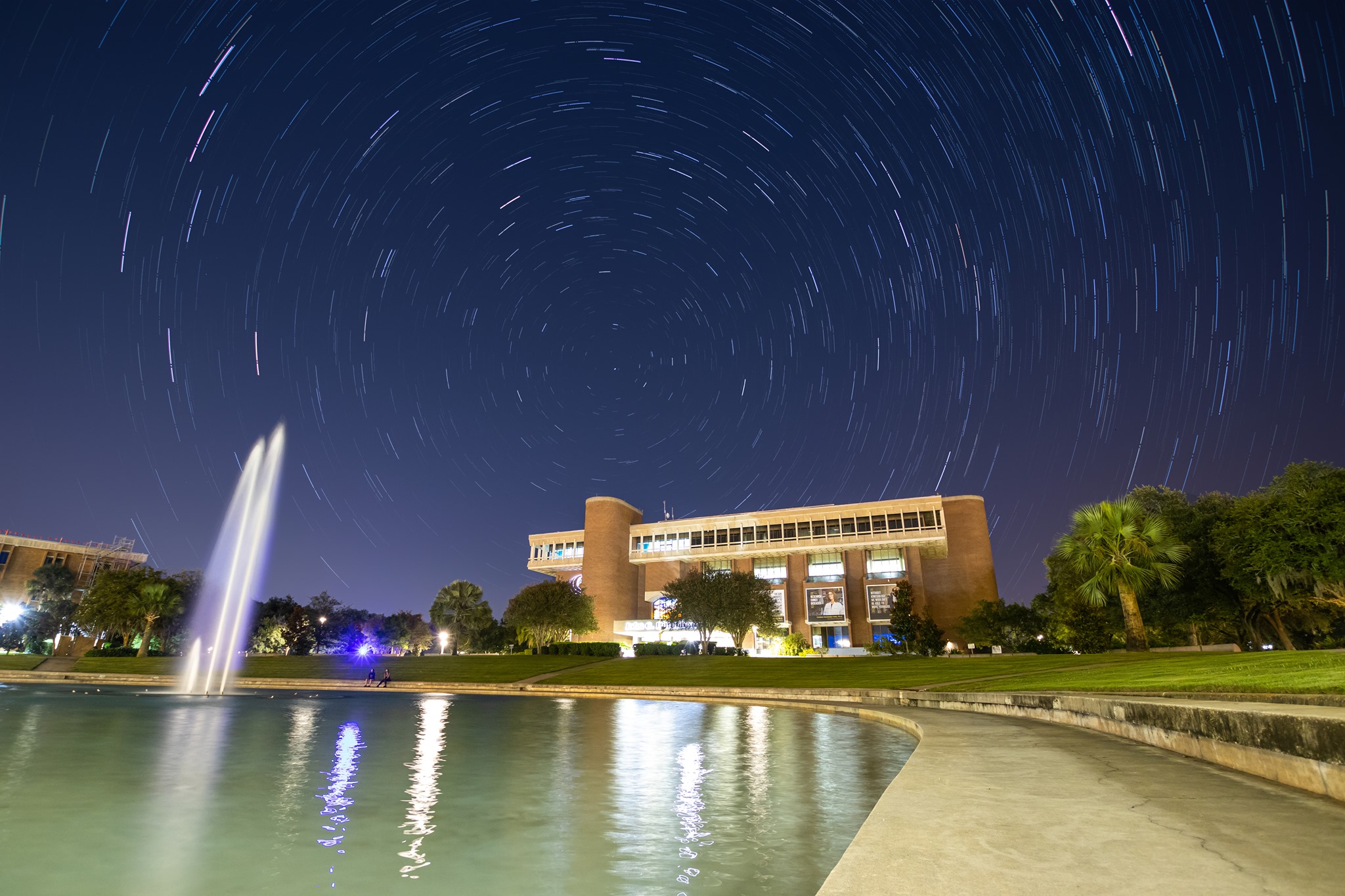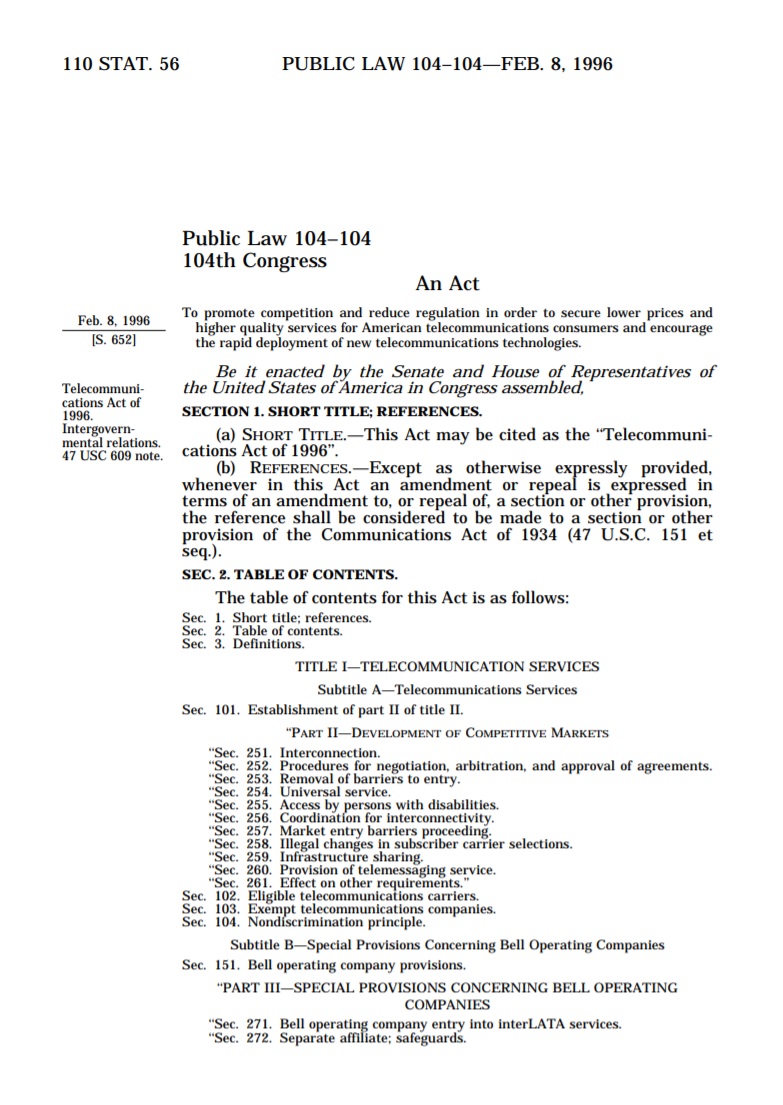Here is a general description of what you might find in the Colorado State University Jewish community:
- Hillel Organization: Many universities, including CSU, have a Hillel organization, which is a Jewish student organization that provides a platform for Jewish students to connect, celebrate Jewish culture, and explore their faith. Hillel often organizes events, such as Shabbat dinners, holiday celebrations, and educational programs.
- Jewish Student Groups: CSU may have various Jewish student groups or clubs where students with shared interests within the Jewish community can come together. These groups may focus on different aspects of Jewish culture, social activities, or advocacy.
- Religious Services: Some universities with a significant Jewish population offer on-campus religious services, such as Shabbat services and High Holy Days observances, to accommodate students’ religious needs.
- Cultural Events: The Jewish community at CSU might organize cultural events and activities, such as lectures, film screenings, and cultural festivals, to promote understanding and appreciation of Jewish heritage and traditions.
To get the most accurate and up-to-date information about the Colorado State University Jewish community, I recommend visiting the university’s website or contacting the relevant student organizations and offices on campus. Additionally, you can connect with current students or alumni who are part of the Jewish community at CSU to gain insights into their experiences and activities.






















